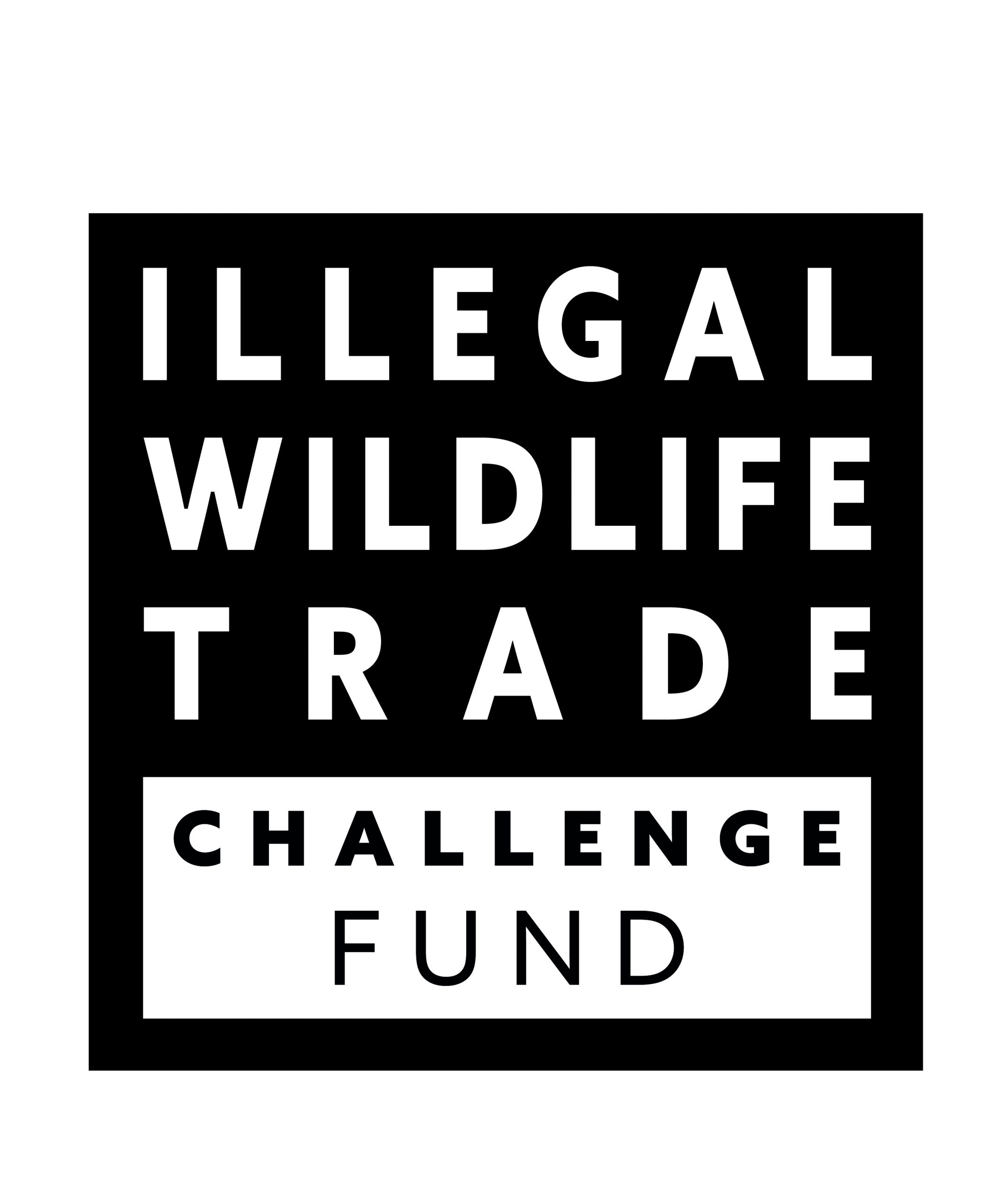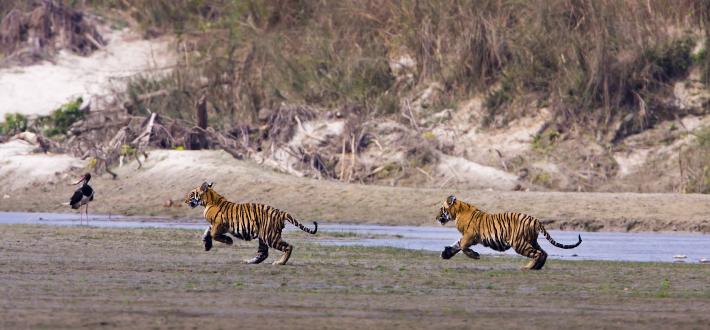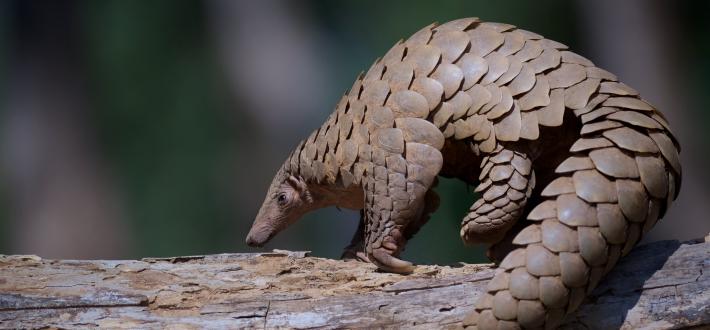

Project overview
Nepal is a source and transit route for trade in illegal wildlife products, especially products going from India to China. Bagmati Province is the main illegal wildlife trade route through Nepal. Here, there is the highest number of wildlife seizures in the country.
This is due to challenges including;
- Inadequate identification skills for illegal wildlife parts by police.
- Transportation workers who move illegal wildlife products, but who may not be aware of the legal implications and risks of carrying wildlife products.
- Socio-economically disadvantaged people who are paid to poach wildlife in National Parks.
Our project is funded by the UK Government through the Illegal Wildlife Trade Challenge Fund. It is focused on working with local communities that are vulnerable to poaching. Also, it aims to build the capacities of transportation workers and law enforcement along the 5 key trade routes. By addressing these challenges, we hope to reduce illegal wildlife trade in the area.

Why we are doing it
The illegal wildlife trade in Nepal threatens many species including;
- Tigers
- Indian and Chinese pangolins
- Leopards
- Red pandas
It also negatively impacts local communities. Many of these communities lack other income opportunities and aren't aware of the risks of engaging in these crimes.
By working with local communities we can reduce the illegal wildlife trade. We can also improve biodiversity and contribute to the wellbeing of local people.

Project impact
The project will work to:
- Improve knowledge around the illegal wildlife trade.
- Improve employment prospects of young people in these poaching hotspots.
- Improve livelihood opportunities and engage local communities as conservation champions.
- Strengthen the ability for local communities and transportation workers to support conservation.
- Strengthen the capacity of law enforcement and deterrents against wildlife crime.
As wildlife crime seizures and arrests increase, wildlife criminals are deterred. Lessons and successful approaches from this project can then be shared and rolled out in other areas.
Empowered youth, Protected Wildlife
Watch the video created by WWF Nepal and meet the bold young people using street theatre to raise awareness in their communities and lead the fight against the illegal wildlife trade.


